How can CIOs create the right mobile strategy?
Between BYOD, CYOD and emerging categories like wearables, IT leaders face new challenges — but there are also new opportunities


Getting the right mobile strategy for the business has to be a key aim for savvy CIOs. Yet as many as 48% of organisations do not have a mobile strategy in place, according to research from Econsultancy. With the number of devices continuing to increase, CIOs must adopt a strategic stance.
"The pace of change is only getting quicker," says Andrew Marks, former CIO and now UK and Ireland managing director at Accenture Technology Strategy. "Few CIOs will go away and adopt these developments straightaway. But such announcements form part of a constant feed of IT-led change."
So, how can IT leaders create a mobile strategy that's right for their business? As new technologies continue to come on stream, how can CIOs develop an approach that's fit for purpose today and into the future? Marks says executives must start thinking about long-term developments now.
"The consumerisation of IT drives CIOs to think daily about how technology might affect the way the rest of the business functions," he says. "What's different today relative to even two or three years ago, is the quality and range of services available to end-users with a mobile device. Everything is getting faster, better, quicker."
The next stage for mobility, says Marks, is likely to be a greater tie-in with advances across the areas of wearable and connected computing. He expects professionals to be able to tap into a collection of connected devices in order to pick up and complete particular business processes, rather than relying on a single device today.
The processing of an invoice or contract on a laptop, for example, could be 'passed' to a tablet and then signed off at a later stage via a smartwatch application. "There will be a greater interoperability regarding the devices used to complete a series of discrete yet related tasks," says Marks. "It's exciting to see the pieces forming and the situation is evolving quickly."
Such advanced developments are already taking place in what might be perceived to be a traditional business. Martin Draper, technology director at luxury retailer Liberty, is taking an integrated approach to transformation. Liberty, he says, simply has a business strategy mobile isn't separate; all types of IT must be used to help the organisation meet its broad aims.
Get the ITPro daily newsletter
Sign up today and you will receive a free copy of our Future Focus 2025 report - the leading guidance on AI, cybersecurity and other IT challenges as per 700+ senior executives
As part of this business strategy, Draper is already investigating how the Internet of Things and other connected technologies could help the retailer offer unique propositions to customers in the future. The technology team's work around digital transformation isn't just confined to customer service. His firm has used the cloud to launch a new ERP platform through HSO in less than a year.
Liberty also recently launched its first iOS app to help staff complete B2B orders on the go. "Mobile provides great opportunities to give me new ways to enable our staff," says Draper. "We're all tech-savvy you have to use that technological opportunity to create more workplace capability."
Like Draper, Neil Moore, head of ICT at Hampshire Fire and Rescue Service, says strategy is a crucial to helping organisations make the most of developments in enterprise technology. Moore says he holds responsibility for making the key decisions in regards to the mobile strategy of his organisation. He works alongside his senior business peers to make the decisions and also pays due attention to standards and accreditation.
Moore says the organisation spent time in the past ensuring it complied with the ISO 27001 governance framework and the standards associated to the UK government's high-performance Public Services Network. Rather than being a hindrance to innovation, Moore says compliance helped the organisation accommodate a bring-your-own device (BYOD) mobile strategy.
He says support for that approach is now even stronger: "Digital transformation means we can draw on better solutions for supporting BYOD. It's been part of our accreditation for a number of years now, so we feel confident allowing people to bring their own devices to work."
Moore says the organisation relies on a large number of part-time workers who respond to calls for fire staff when incidents occur. The Fire Service does not issue corporate devices to these retained fire fighters. Instead, part-time members of staff use their own devices for operational tasks.
"It's important for us to know when these retained workers are available. These part-time workers can record their availability for work through their own mobile devices using a secure and dedicated application," he says.
"We've even got examples of fire fighters who have paid their own money to download apps that illustrate the risk of hazardous materials because it helps them in the business. This is the digital world we live in and people are using devices to download apps when they need them. If they find information to help them complete their jobs, then, culturally, that's acceptable."
Matt Peers, CIO at law firm Linklaters, agrees that any effective mobile strategy must recognise that people will want to use a range of technology to help them complete their work. What's more, the power of consumerisation means the majority of employees will always want the latest device. Peers says the firm saw about 185 Apple iPhone 7s join the firm's network on the device's launch day.
At a broader level, Peers supports a mixed approach to mobile technology at Linklaters. Everyone who works for the firm from the back-office to the chief executive receives a corporate-supplied iPhone. Peers has also embarked on a programme to give all fee-earning staff members the choice of either a Microsoft Windows 10-based laptop or tablet. However, he says openness to change is key to an effective mobile strategy.
"A lot of the decisions a CIO makes are based on cycles and my longer term is view is much more based around BYOD," he says. "I want people to be able to bring to the office and use whatever device they want to safely and securely, whether that's a Windows 10 laptop or an Apple MacBook Pro. Where we're at right now is a stepping-stone towards our ultimate goal."

Mark Samuels is a freelance writer specializing in business and technology. For the past two decades, he has produced extensive work on subjects such as the adoption of technology by C-suite executives.
At ITPro, Mark has provided long-form content on C-suite strategy, particularly relating to chief information officers (CIOs), as well as digital transformation case studies, and explainers on cloud computing architecture.
Mark has written for publications including Computing, The Guardian, ZDNet, TechRepublic, Times Higher Education, and CIONET.
Before his career in journalism, Mark achieved a BA in geography and MSc in World Space Economy at the University of Birmingham, as well as a PhD in economic geography at the University of Sheffield.
-
 Should AI PCs be part of your next hardware refresh?
Should AI PCs be part of your next hardware refresh?AI PCs are fast becoming a business staple and a surefire way to future-proof your business
By Bobby Hellard
-
 Westcon-Comstor and Vectra AI launch brace of new channel initiatives
Westcon-Comstor and Vectra AI launch brace of new channel initiativesNews Westcon-Comstor and Vectra AI have announced the launch of two new channel growth initiatives focused on the managed security service provider (MSSP) space and AWS Marketplace.
By Daniel Todd
-
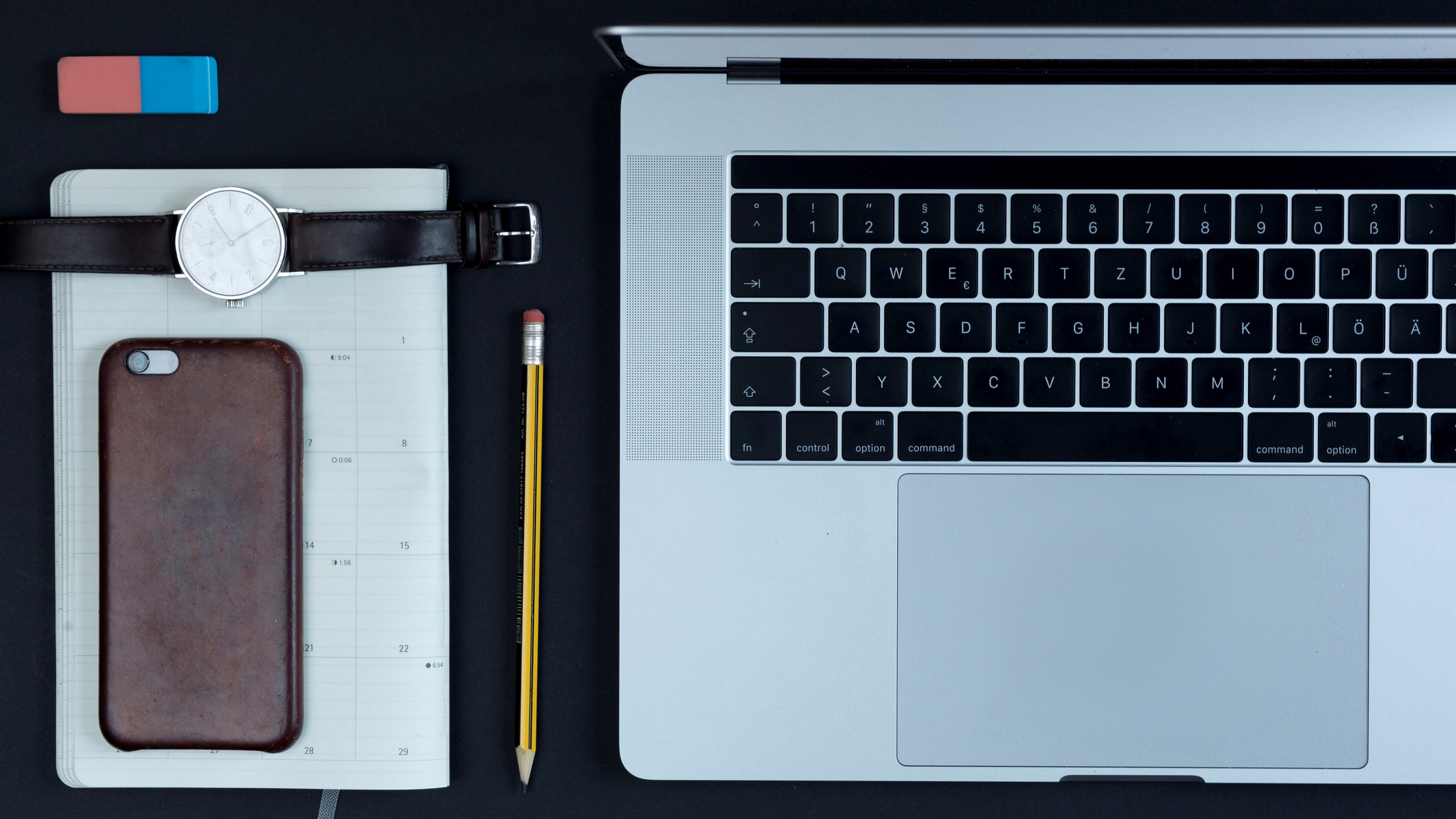 Rebooting your BYOD strategy
Rebooting your BYOD strategyIn-depth With hybrid working becoming the norm, there's a need for a device management overhaul. What does BYOD 2.0 look like?
By Kate O'Flaherty
-
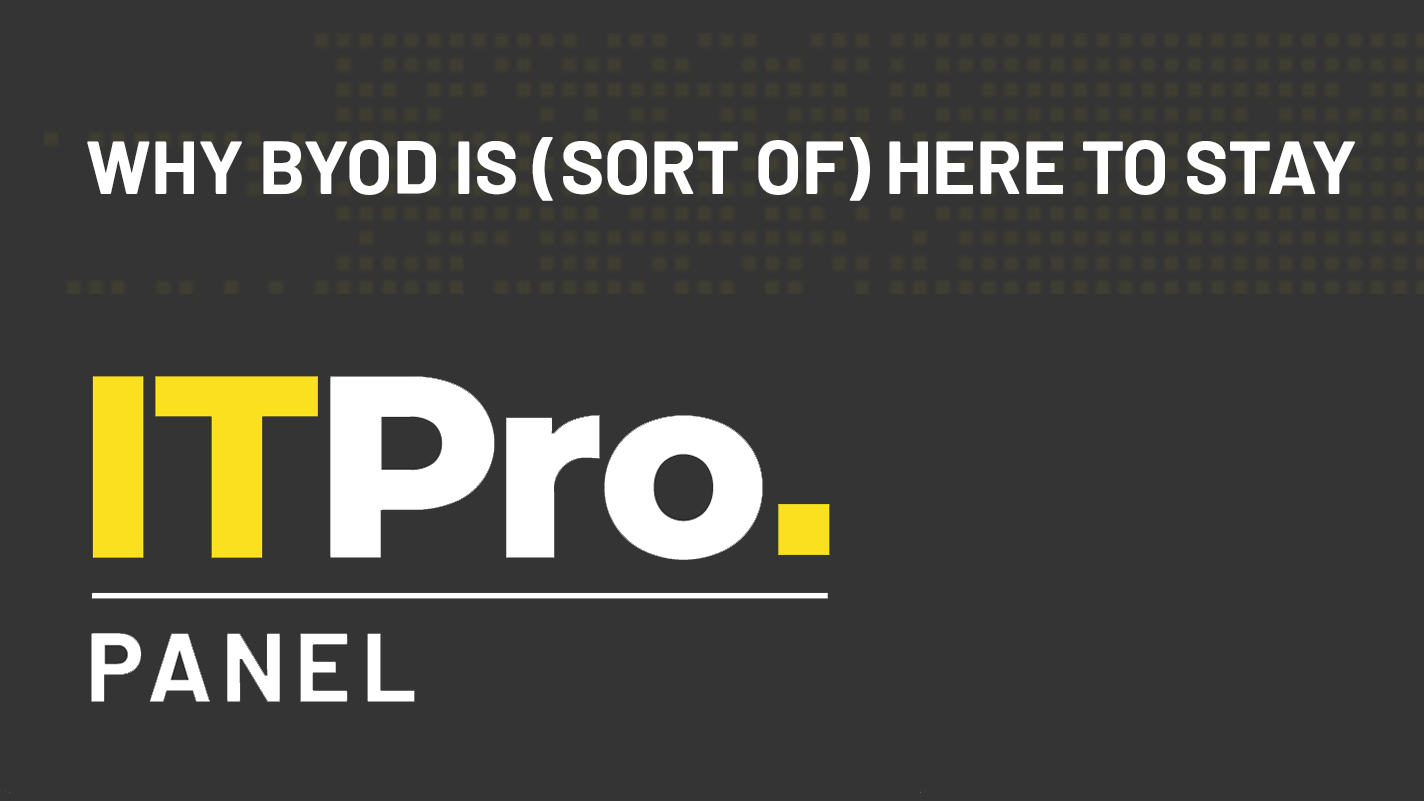 IT Pro Panel: Why BYOD is (sort of) here to stay
IT Pro Panel: Why BYOD is (sort of) here to stayIT Pro Panel CIOs explain why they aren’t going all-in on personal devices
By Adam Shepherd
-
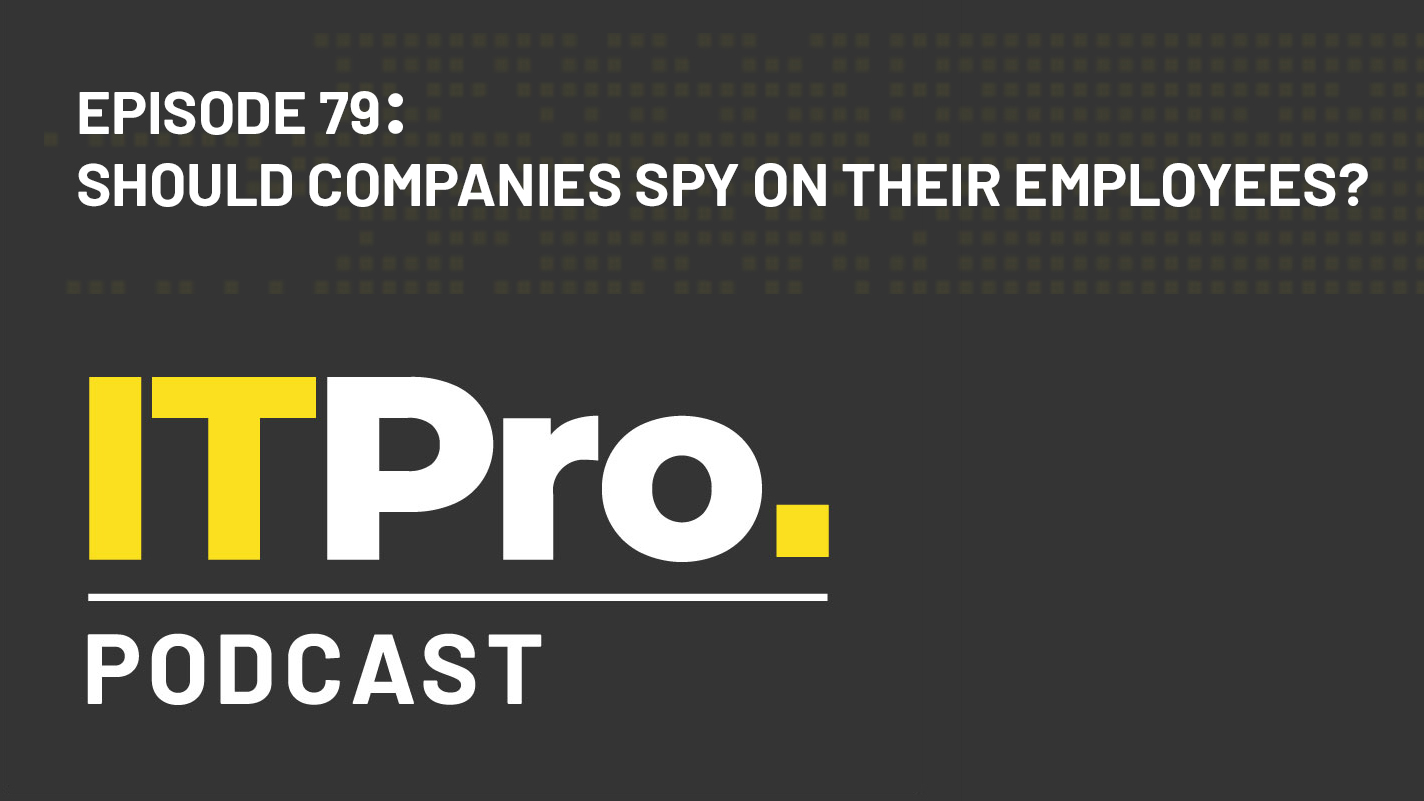 The IT Pro Podcast: Should companies spy on their employees?
The IT Pro Podcast: Should companies spy on their employees?IT Pro Podcast Where’s the line between security and surveillance?
By IT Pro
-
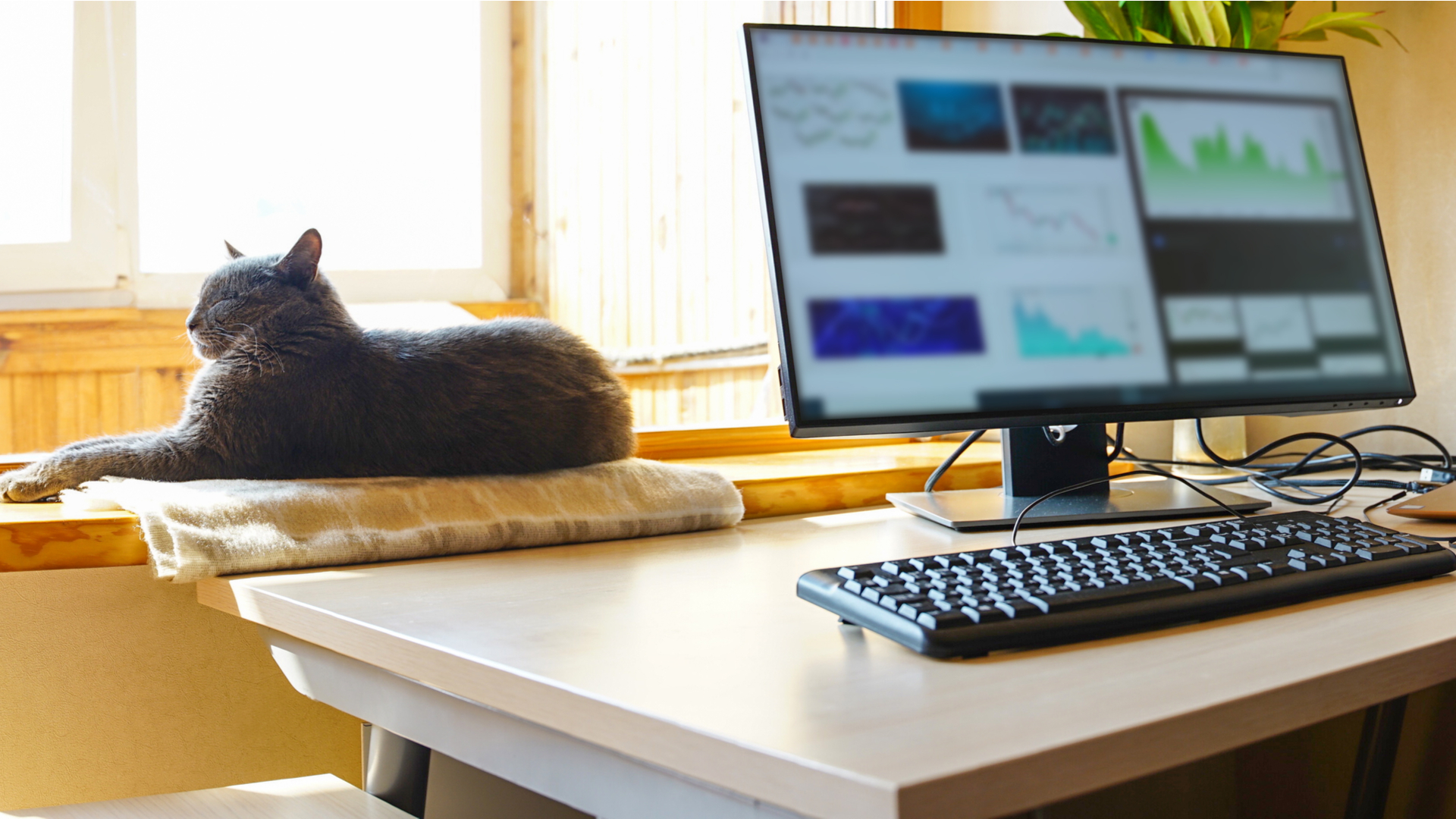 What are employers' responsibilities when we use personal tech to work from home?
What are employers' responsibilities when we use personal tech to work from home?In-depth With many more months of lockdown ahead of us, and workers reluctant to return to the office full time, it's time to think about roles and responsibilities
By Sandra Vogel
-
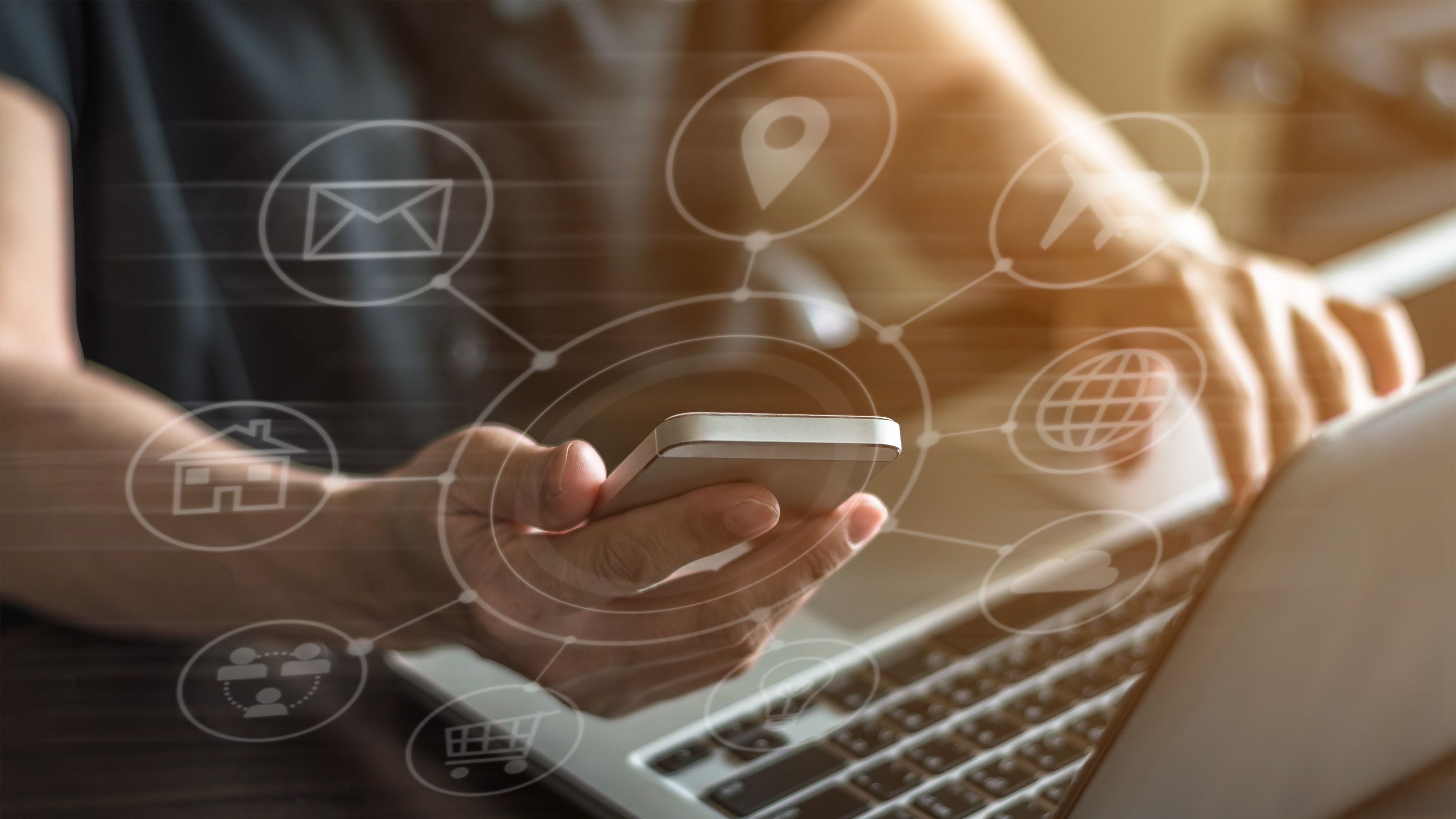 What is the 'personalisation of IT'?
What is the 'personalisation of IT'?In-depth With millions of people using personal devices for professional purposes while working from home, consumerisation has entered a new phase
By David Howell
-
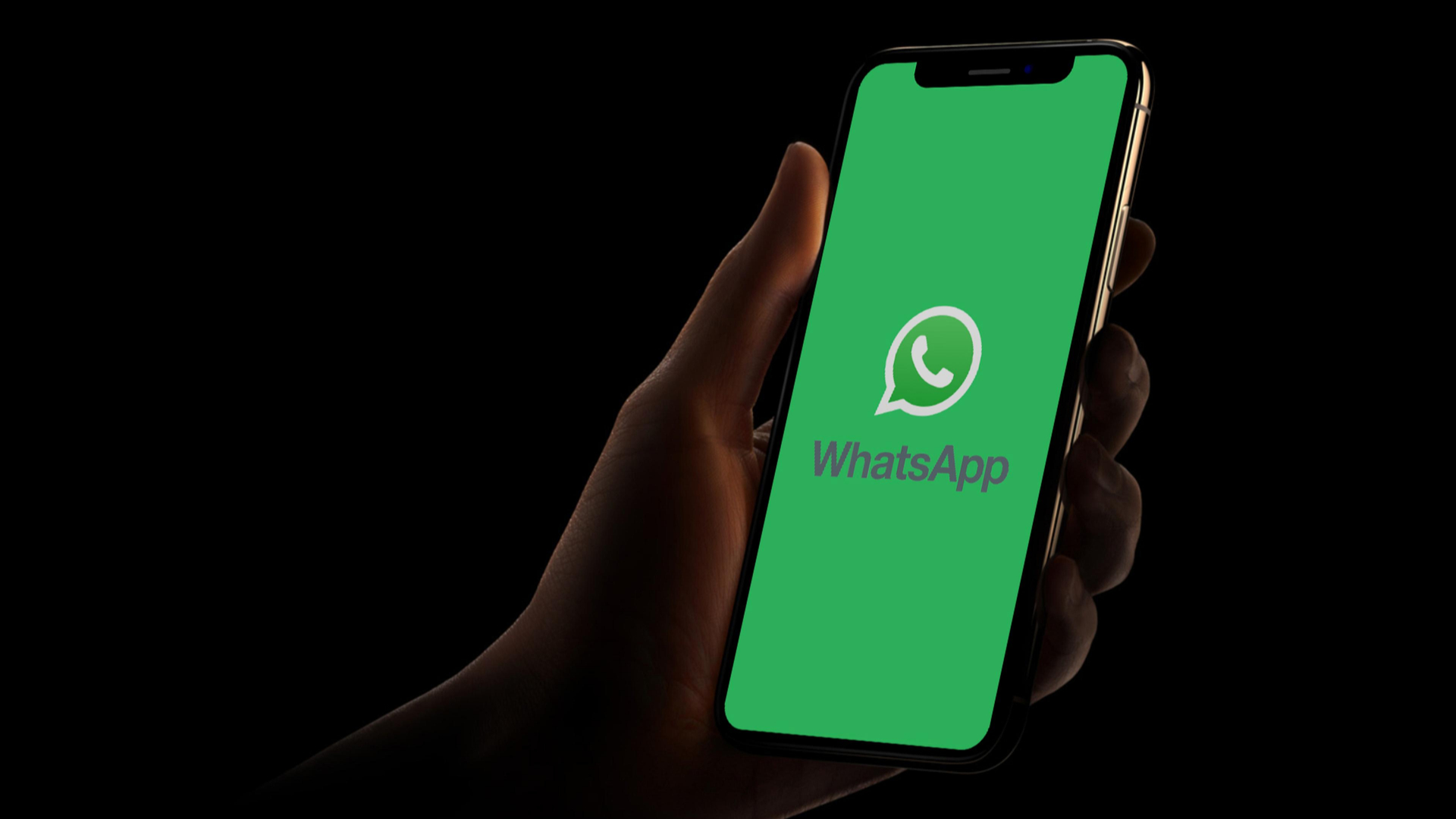 WhatsApp delays controversial privacy update for businesses
WhatsApp delays controversial privacy update for businessesNews Users were asked to share data with WhatsApp’s parent company Facebook in order to continue using the service
By Sabina Weston
-
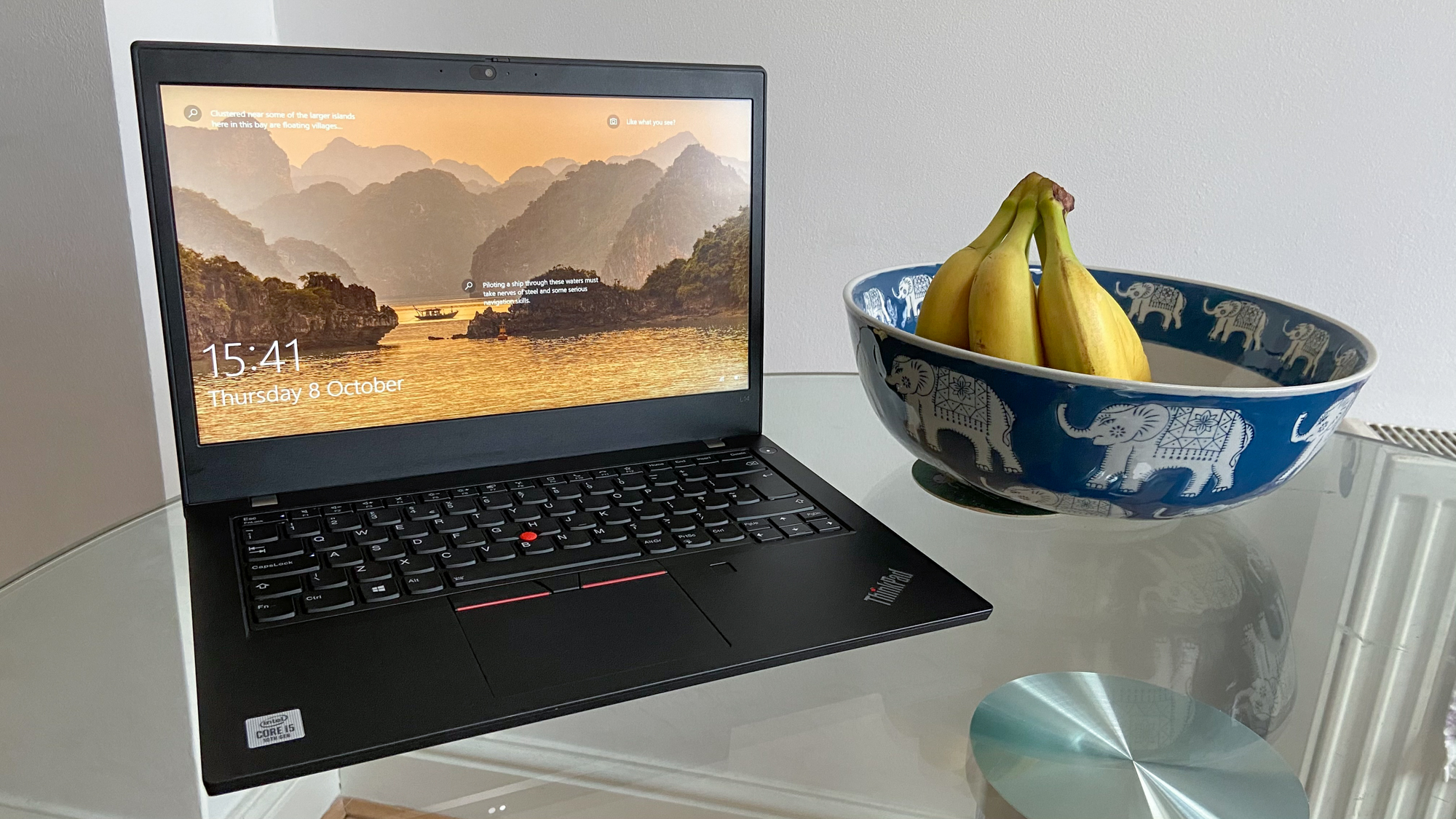 Lenovo ThinkPad L14 review: It’s not right but it’s okay
Lenovo ThinkPad L14 review: It’s not right but it’s okayReviews Pleasant enough for simple office tasks
By Sabina Weston
-
 The consumerisation of IT continues apace – here’s how your business can benefit
The consumerisation of IT continues apace – here’s how your business can benefitIn-depth BYOD may be a fact of business, but there are still more ways organisations can grow by embracing consumer tech
By Sandra Vogel